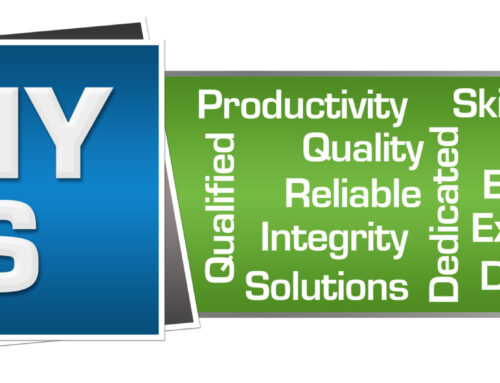You’ve decided to upgrade or introduce technology to your locations. You have the budget; you carefully documented your requirements, found a hardware solution and vendor you trust, and placed the PO. Congratulations. Now, the fun part is converting your new technology to a solution/tool for your team to solve a problem and putting it in the field. The first two hurdles are the most critical: (1) choosing a field service or an implementation partner and (2) framing the rollout schedule.
Choosing an Installation Partner: Choosing the right partner is critical to the success of implementing new or upgrading technology. The most common factors when making the decision other than geography include overall experience with the technology (you don’t want someone new to WiFI installing your new WiFi, etc.) and, ideally, experience with the hardware you’ve selected, experience working in your market (retail vs healthcare vs education), and lastly price. Ask your other partners or your hardware distributor for input. You don’t want to bet your company’s success on a Google search. If you don’t have firsthand experience with the potential partner, ask for references and call them, maybe visit a site.
A few signs help narrow the list of potential partners: the right installation partner will suggest a pilot site or sites where the field installation process can be trialed, documented, and tested. They will create field documentation specific to your project with critical steps while on site, support numbers, points of contact, and steps for close out (email me for a sample). NOTE: Best Practice is to email a copy to the deployment team prio r to work, host a conference call to walk through and respond to questions, and print a copy to include in the shipment to each location. If your potential installation partner doesn’t describe such a process, “next!”.
r to work, host a conference call to walk through and respond to questions, and print a copy to include in the shipment to each location. If your potential installation partner doesn’t describe such a process, “next!”.
Timeline and Milestones: Implementations require meticulous planning, including a well-structured timeline and milestones. This comprehensive approach will not only help set expectations for the business but also ensure appropriate hardware from your selected vendors and staff training to ensure a smooth transition.
Critical pieces of creating the schedule are (1) drivers from the business, such as delivering new technology to specific regions or stores; (2) the list of locations along with any limitations for onsite work such as hours of access, lead time to schedule so they can manager staff hours, can the work be done during regular business hours or required to do at night. Best Practice is to review the list with your installation vendor and ask for input on the most efficient (and therefore less expensive) approach. Your installation partner can combine trips to certain areas, giving insight into shipping, such as depot and multi-city strategies. Your installation partner does this for a living – ask for and listen to advice as much as possible.
Many factors come into play on the best approach with technology deployments, but ultimately, what you truly want is the “best value”; never fall for “the cheapest pricing” (cheap labor is not skilled, nor is skilled labor cheap). Never fall for unrealistic timeframes. Never fall for excessive promises of no risk. A job that takes 100 person-hours cannot be done in an hour with 100 technicians. Nobody likes change orders, nor should your installation partner; although some live for it, customers hate it. As inevitable as it may be in certain circumstances, it should never be the norm. Your installation vendor should base pricing on the scope as set, with enough risk built in to handle the minute nuances that are bound to happen. In a collaborative effort, work out the SOW so that both the customer and installer are comfortable with minimizing COs and agree on what a CO should look like in advance. The worst outcome of any technology project is that somebody (customer or vendor) gets taken advantage of in the end. That is not a partnership; it’s a one-time failed relationship.



